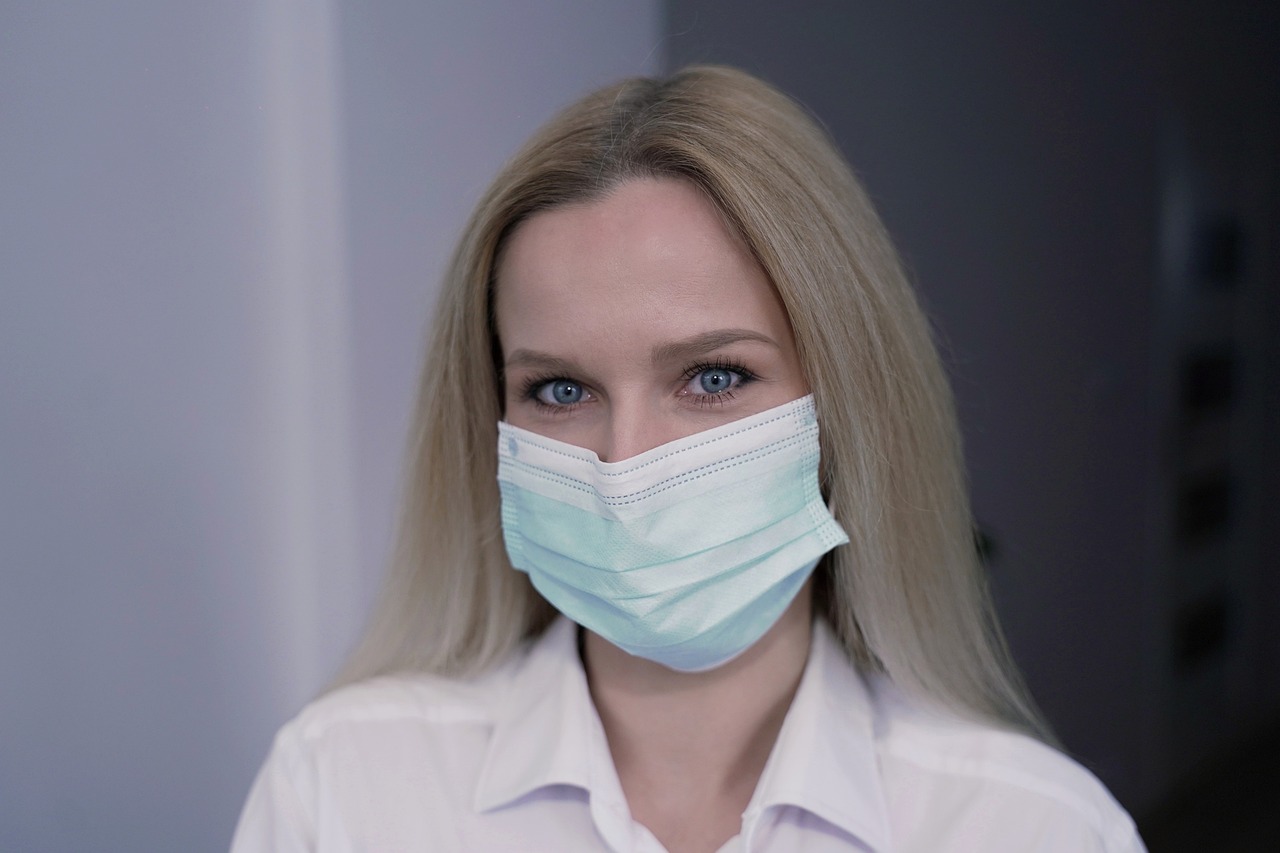

It can be uncomfortable and frustrating to live with varicose veins. They can be painful and a symptom of larger problems. While there are medical treatments available, there are also several self-care strategies that can help manage symptoms of varicose veins while improving your quality of life. In this article, we will explore not only what causes a varicose vein to develop, but also practical steps you can take to care for yourself.
Varicose veins are enlarged veins that may be swollen and twisted. They often affect leg veins but can occur in other parts of the body such as the thighs and buttocks. Often these swollen veins appear because the valves in the veins have become weak or damaged, causing them to restrict blood flow. Blood can pool in a damaged vein, leading to aches, a feeling of heaviness, itching, or skin sores.
Blood flowing through the body properly is crucial to optimal health. Understanding how varicose veins can influence your overall is important. Let’s talk about why varicose veins develop and why some people may be more susceptible to this medical condition than others.
Varicose veins may develop for a variety of reasons. Generally, this combination of factors indicates issues with the blood vessels. They are not able to transport blood efficiently throughout the body. It may indicate a condition called chronic venous insufficiency. You should speak with your healthcare professional if you fall into any of the categories below and begin to see the development of spider veins – small, surface veins that become swollen and bluish-purple – a potential precursor to varicose veins.
Potential risk factors for developing varicose veins include:
Interrupted blood flow due to varicose veins can have several implications for your overall health. Here’s what you need to know.
Blood pooling in blood vessels increases the pressure on the tiny valves, leading to swelling and discomfort. Legs can feel heavy, achy, and tired. The pain associated with varicose veins may be dull or a sharp, throbbing pain. It may even interfere with daily activities and your quality of life.
Over time, the increased pressure and poor circulation can lead to skin changes. You may experience skin color changes or open sores around the ankles. Dry skin may also plague the affected areas.
Poor blood flow puts a person at risk of blood clots. Deep vein thrombosis (DVT) occurs when blood clots form in the veins in the legs. If the blood clot breaks free it could travel to the heart or lungs and constitutes a medical emergency.
Treating varicose veins may be a wise course of action because, if left untreated, it could advance in severity. Pain and swelling can make it difficult to move around comfortably. This leads to a more sedentary lifestyle, which worsens the symptoms of varicose veins and leads to other health problems.
While there is no magic bill to cure varicose veins, there are some self-care steps that you can take to help manage pain and other symptoms. Medical procedures like endovascular therapy allow a vascular surgeon to attack the varicose veins in the lower legs from the inside. They will use catheters introduced through small incisions to deliver a chemical solution that collapses the varicose veins. However, before you reach the point of surgery, consider trying some of the steps listed below.
Wearing compression stockings applies gentle pressure to your legs. This helps to keep blood moving efficiently. You may find relief from swelling, especially if standing for long periods. Make sure to get the right fit as recommended by your healthcare professional.
Elevating your legs above your heart several times each day can reduce swelling and improve blood flow. Try to do this for about 15 or 20 minutes at a time. Combine this with a massage of calf muscles using upward strokes toward the heart. Avoid pressing directly on the varicose veins.
Extra weight adds pressure to your veins. So, if you have a family history of varicose veins or obesity, consider dropping the weight. Aim for 30 minutes of regular exercise at a moderate level most days and eat a high-fiber diet.
Standing or sitting for long periods can contribute to varicose veins. Try not to stay in the same position for long periods of time. If your job requires this, try to take regular breaks to move around to get your blood flowing. Flex your ankles and calves frequently and pair it with wearing compression stockings as mentioned previously.
Try to change your diet to limit the intake of salt. Water retention contributes to painful leg swelling. You may try fresh and unprocessed foods and use herbs and spices instead of salt as a flavoring to reach this goal.
If you have wounds associated with varicose veins, give them the proper attention. Gently clean the sore with mild soap and water. Pat dry with a clean towel and apply an appropriate dressing that will keep it moist and promote healing. Speak with your healthcare professional before using antibiotic ointments or antiseptics as these may irritate the skin.
Varicose veins can be an uncomfortable condition where leg veins become enlarged and twisted. If left untreated, they can lead to other health concerns like blood clots. While surgical options like ablation or vein stripping are available to treat varicose veins, there are steps you can take at home to find a measure of symptom relief. From compression stockings to weight management and raising your activity level, you can find relief. Talk with a qualified healthcare professional to develop an at-home plan to improve circulation and reduce your risk of varicose veins today.

0 comments